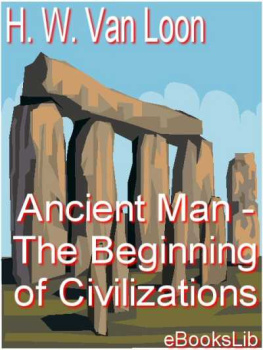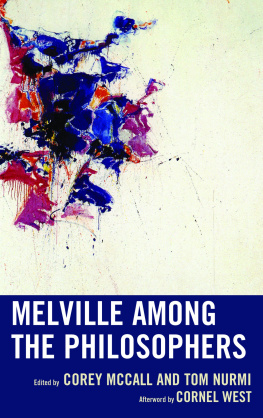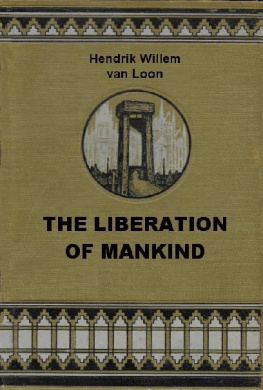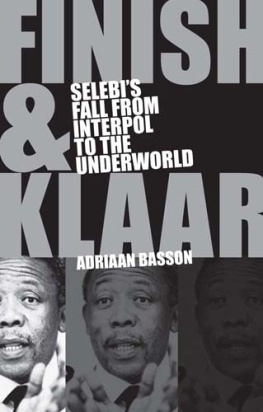George McCall Theal - Willem Adriaan Van Der Stel, and Other Historical Sketches
Here you can read online George McCall Theal - Willem Adriaan Van Der Stel, and Other Historical Sketches full text of the book (entire story) in english for free. Download pdf and epub, get meaning, cover and reviews about this ebook. year: 2019, publisher: Good Press, genre: History. Description of the work, (preface) as well as reviews are available. Best literature library LitArk.com created for fans of good reading and offers a wide selection of genres:
Romance novel
Science fiction
Adventure
Detective
Science
History
Home and family
Prose
Art
Politics
Computer
Non-fiction
Religion
Business
Children
Humor
Choose a favorite category and find really read worthwhile books. Enjoy immersion in the world of imagination, feel the emotions of the characters or learn something new for yourself, make an fascinating discovery.

- Book:Willem Adriaan Van Der Stel, and Other Historical Sketches
- Author:
- Publisher:Good Press
- Genre:
- Year:2019
- Rating:5 / 5
- Favourites:Add to favourites
- Your mark:
- 100
- 1
- 2
- 3
- 4
- 5
Willem Adriaan Van Der Stel, and Other Historical Sketches: summary, description and annotation
We offer to read an annotation, description, summary or preface (depends on what the author of the book "Willem Adriaan Van Der Stel, and Other Historical Sketches" wrote himself). If you haven't found the necessary information about the book — write in the comments, we will try to find it.
Willem Adriaan Van Der Stel, and Other Historical Sketches — read online for free the complete book (whole text) full work
Below is the text of the book, divided by pages. System saving the place of the last page read, allows you to conveniently read the book "Willem Adriaan Van Der Stel, and Other Historical Sketches" online for free, without having to search again every time where you left off. Put a bookmark, and you can go to the page where you finished reading at any time.
Font size:
Interval:
Bookmark:

AND OTHER HISTORICAL SKETCHES
DER STEL
AND
OTHER HISTORICAL SKETCHES
GEORGE McCALL THEAL, Litt.D. , LL.D.
CAPETOWN
THOMAS MASKEW MILLER, PUBLISHER
1913
PRINTED BY
WILLIAM CLOWES AND SONS, LIMITED
LONDON AND BECCLES
| PAGE |
Exploration by the Portuguese of the Western Coast of Africa and Discovery of the Cape of Good Hope |
| First Voyages of the French and English to India. Early History of the Netherlands |
| The War in the Netherlands to the Union of Utrecht |
| Continuation of the War in the Netherlands until 1606 |
| The War on the Sea between Spain and the Netherlands |
| The Truce with Spain and English Rivalry |
| Governor Willem Adriaan van der Stel |
| Ordinary Events during the Administration of Governor Willem Adriaan van der Stel |
| Faithless Conduct of the Governor |
| Proceedings in the Netherlands regarding Governor Willem Adriaan van der Stel |
| Chronicles of Two Leaders of the Great Emigration, Louis Triegard and Pieter Uys |
| Pieter Lavras Uys |
Exploration by the Portuguese of the Western Coast of Africa and Discovery of the Cape of Good Hope, including a short Sketch of the early History of Portugal.
Exploration by the Portuguese of the Western Coast of Africa and Discovery of the Cape of Good Hope.
Font size:
Interval:
Bookmark:
Similar books «Willem Adriaan Van Der Stel, and Other Historical Sketches»
Look at similar books to Willem Adriaan Van Der Stel, and Other Historical Sketches. We have selected literature similar in name and meaning in the hope of providing readers with more options to find new, interesting, not yet read works.
Discussion, reviews of the book Willem Adriaan Van Der Stel, and Other Historical Sketches and just readers' own opinions. Leave your comments, write what you think about the work, its meaning or the main characters. Specify what exactly you liked and what you didn't like, and why you think so.











